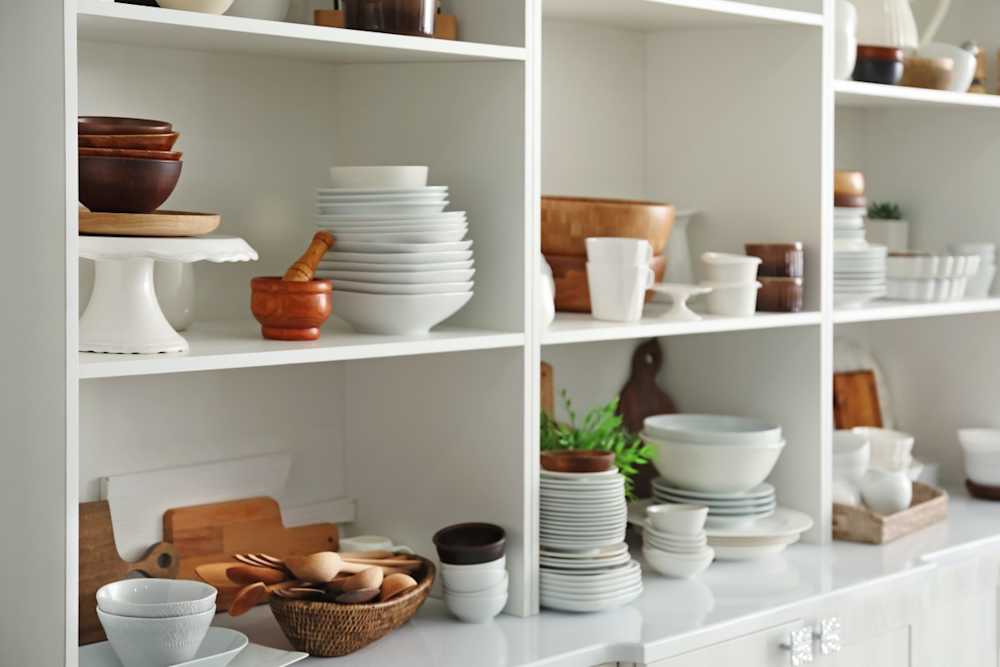According to the EU Framework Regulation (EC) No 1935/2004, food contact material (FCM) labels must not mislead consumers. To ensure this, manufacturers must show that their materials are food-safe and that articles labeled as oven-safe, dishwasher-safe, microwave-safe, or freezer-safe withstand the relevant mechanical and thermal stresses.
This article outlines the industry standards for assessing the suitability of food contact materials for different types of uses. If you need testing to display one or more of the labels on your company’s material, do not hesitate to get in touch.
Requirements for obtaining the food-safe symbol
The food-safe (glass-and-fork) symbol indicates that a material is safe when used in contact with food. The symbol – or other appropriate indication of the material’s suitability for food contact – should be displayed on articles that are not yet in contact with food when placed on the market, such as kitchenware, reusable water bottles, and food storage containers.1
To obtain the food-safe symbol, companies need to demonstrate that their material complies with the Framework Regulation and relevant material-specific legislation. The key requirement is that materials do not release constituents into food in amounts that may harm human health or negatively affect the properties of the food. More information on the tests required for different types of materials can be found in the following articles:
Testing to substantiate additional food contact material labels
While the glass-and-fork symbol (or a text to replace it) is the only food contact material label mandated by EU regulations, voluntary performance labels are highly useful in guiding consumers on the appropriate use of kitchenware. The tests typically used to support some of the most common FCM performance labels are outlined below.
Oven-safe label
The European standard EN 13834 outlines the testing procedure for assessing cookware safety and performance upon use in domestic ovens. To be considered oven-safe, the article must not show damage after it has been heated for one hour at a temperature of 20 °C above the recommended maximum, or 250 °C if no maximum temperature is specified.
Dishwasher-safe label
Dishwashing resistance is generally assessed by standards EN 12875-1 and EN 12875-2. Testing consists of a specified number of washing cycles designed to simulate stresses imposed by household dishwashers, followed by an inspection to check the tested items for damage. Kitchenware can generally be considered dishwasher-safe if it can withstand 125 washing cycles without showing visible damage, but the number of cycles can be adjusted to show a higher level of dishwasher resistance (e.g., 250 or 500 cycles).
The EN 12875-1 test can also be used to show that plastic articles should not be classified as single-use plastic under the SUP Directive. For this, withstanding 25 washing cycles is enough.2 In addition, the material must pass migration tests for repeated use as required by Commission Regulation (EU) 10/2011.
Microwave-safe label
Standard EN 15284 is typically used to evaluate food contact materials’ suitability for microwave heating. During microwave resistance testing, the article is heated at 650 W for a short time (1 min 51 s) and a longer time (12 min). At the end of both cycles, the article is inspected for damage, such as cracking, melting, deformation, or color change.
The surface temperature is also measured to ensure microwaving does not cause the material to overheat. To be considered microwave-safe, kitchenware should not show visual signs of damage or reach a temperature of 56 to 60 °C, depending on the material.
Freezer-safe label
There is currently no international or European reference standard for assessing freezer resistance, which is why testing is conducted following in-house methods. A typical freezer-safe test involves storing the test article at -18 °C for 24 hours and inspecting it afterward. To be considered freezer-safe, the material should retain its functionality, not show visual changes, and not develop off-odor.
References:
1 Labeling requirements are outlined in Article 15 of the Framework Regulation (EC) 1935/2004. The glass-and-fork symbol may be replaced by the words “for food contact” or a more specific description of the article’s intended use (e.g. soup spoon, wine bottle, etc.).
2 See question 7 in the EU Commission’s unofficial interpretations of the SUP Directive.

